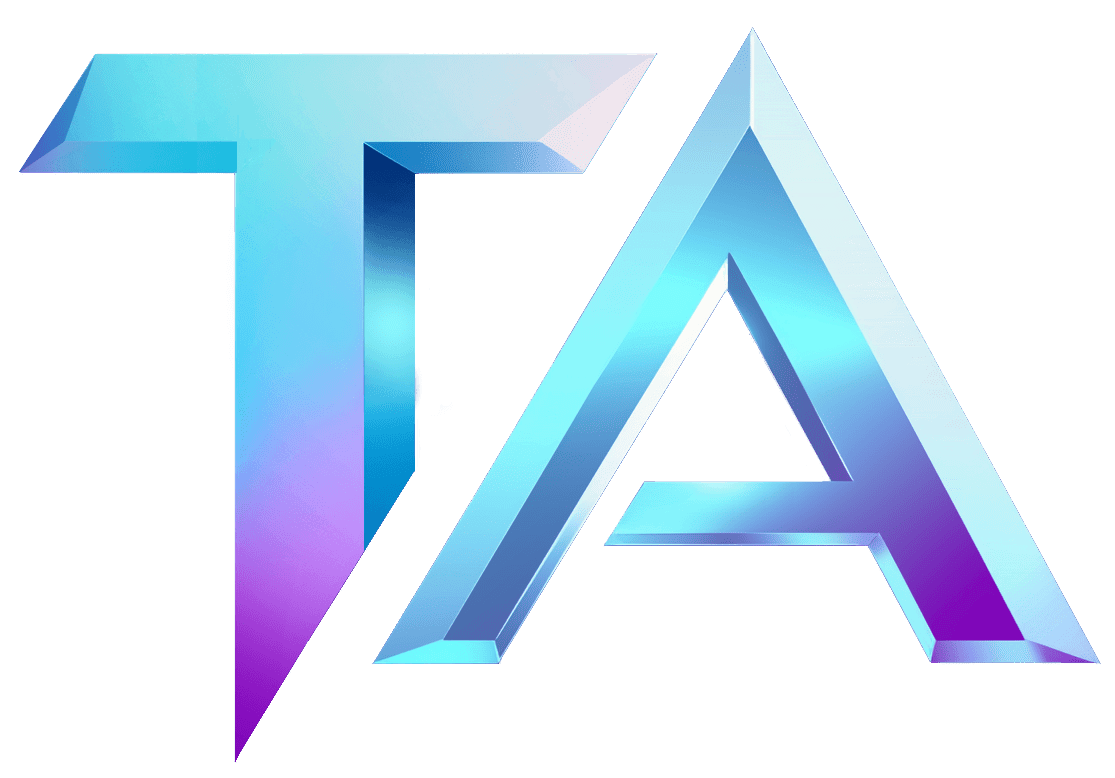Mastering dApp Development on Solana: Titan Analytics

Mastering dApp Development on Solana with Titan Analytics
As the world of blockchain and decentralized applications (dApps) expands, Solana has emerged as a standout platform, offering lightning-fast transactions and low fees. Here at Titan Analytics, where we operate as a Solana validator and provide analytics for the Star Atlas gaming platform, we understand the importance of mastering dApp development on this powerful network.
What is Solana?
Solana is a high-performance blockchain known for its scalability and speed. It employs a unique consensus mechanism called Proof of History (PoH) combined with Proof of Stake (PoS). This allows it to handle thousands of transactions per second—making it ideal for dApps that need efficiency and reliability.
For those looking to build on Solana, understanding its architecture is crucial. The network supports smart contracts, which are self-executing contracts with the terms directly written into code, enabling various functionalities.
Getting Started with dApp Development
-
Setting Up Your Environment:
- First, you’ll need to install Rust, the programming language favored by Solana developers. This is essential for writing on-chain programs.
- Familiarize yourself with the Solana command-line tools. The Solana CLI (Command Line Interface) is your go-to for deploying and interacting with your dApps.
-
Building Your Smart Contract:
- Begin by defining your business logic in Rust. Solana has an extensive library called
Solana Program Library (SPL)that simplifies the process by providing reusable components for common functionalities. - Remember to test locally using the Solana devnet before deploying to the mainnet. This helps ensure your contracts function as expected in a controlled environment.
- Begin by defining your business logic in Rust. Solana has an extensive library called
-
Deploying Your dApp:
- Once you’re satisfied with your smart contract, use the Solana CLI to deploy it to the mainnet. The process is straightforward, but always double-check your code to avoid costly mistakes.
-
Front-End Integration:
- After deploying your backend smart contract, connect it with your front-end application. Frameworks like React can be used to build engaging user interfaces. You can use libraries like Solana Web3.js to facilitate the interaction between your dApp and the blockchain.
Why Use Titan Analytics?
At Titan Analytics, we provide comprehensive Solana data modules that deliver insights tailored for various applications, including games like Star Atlas. Whether you’re seeking transaction metrics, user behavior analytics, or yield farming statistics, our tools are designed to enhance your dApp’s performance by offering real-time analytics.
Official Resources
For more information about Solana’s development ecosystem, refer to the following resources:
These resources are helpful for developers at all levels, offering guides and examples to assist you on your journey.
Conclusion
Mastering dApp development on Solana is an exciting opportunity to innovate and participate in a rapidly growing ecosystem. By leveraging the tools and knowledge available, such as those from Titan Analytics, you can create powerful applications that harness the full potential of the Solana network.
Ready to elevate your dApp experience? Explore our Solana data modules at Titan Analytics Modules or reach out to us via our Contact Page. We’re here to help you succeed in the world of decentralized applications!



